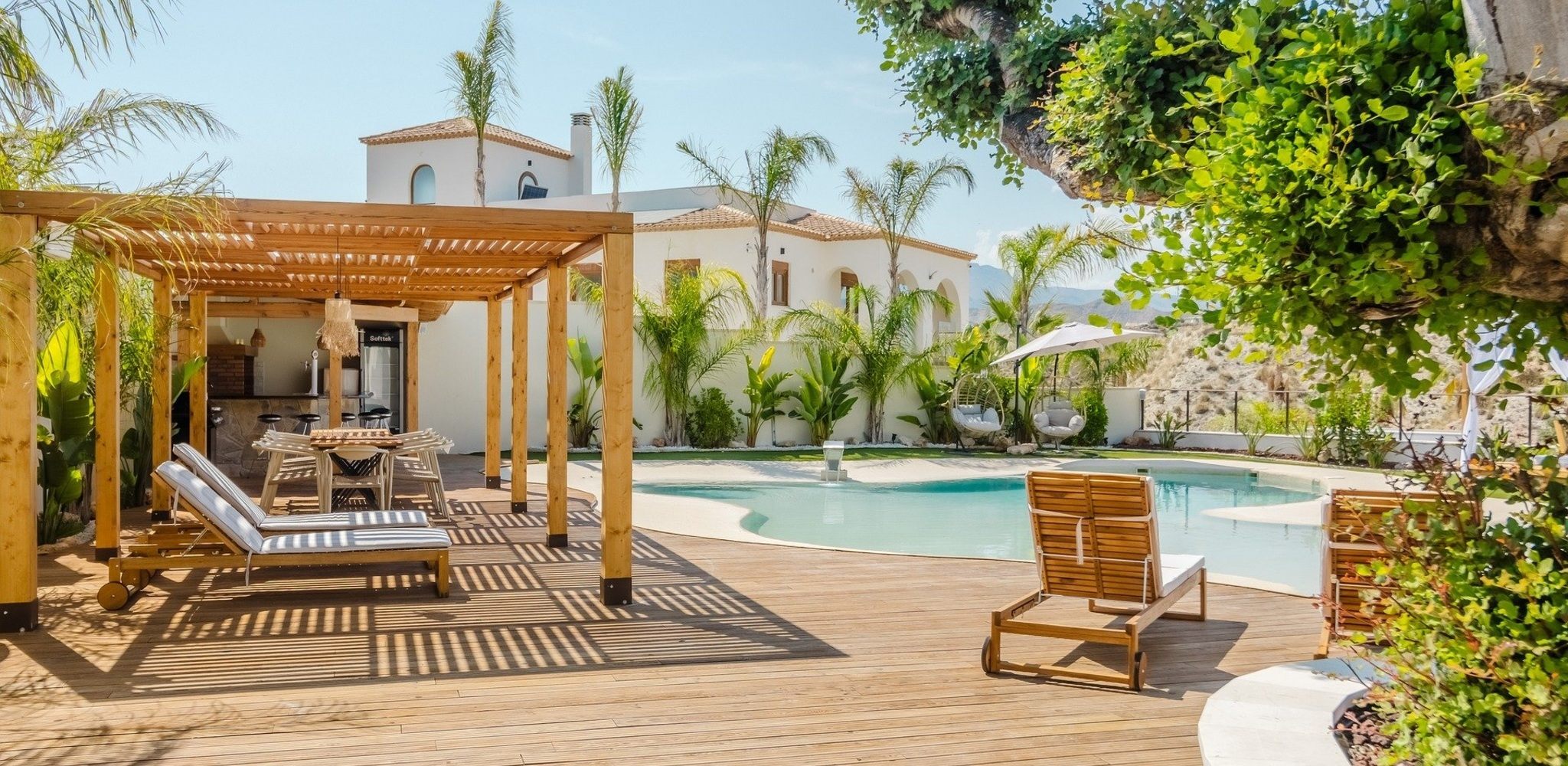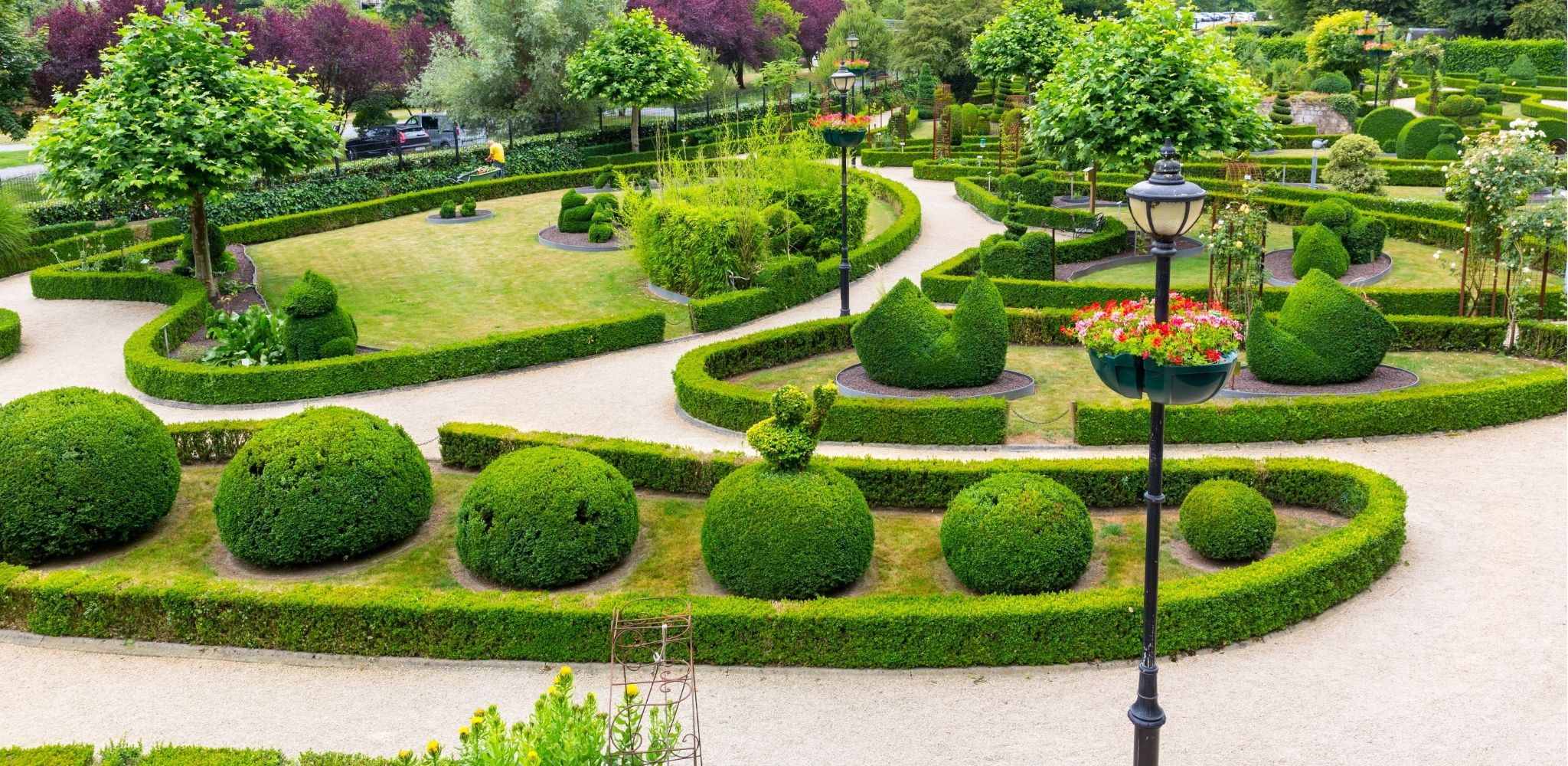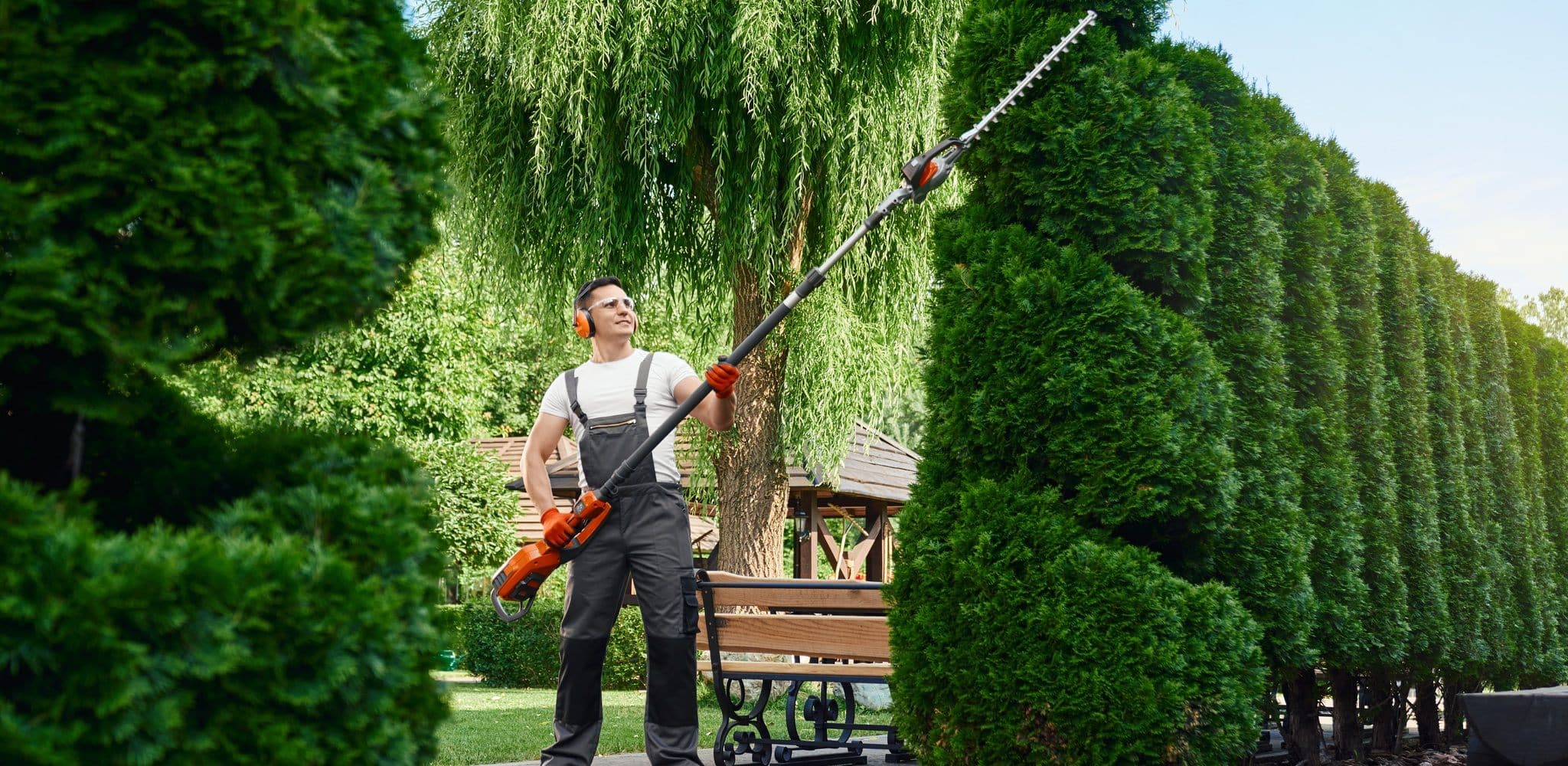For Minnesota homeowners, effective water management is non-negotiable. It is a cornerstone of a resilient outdoor space, and understanding essential grading and drainage tips is the first step. Issues like pooling water and erosion can undermine even the most beautiful landscape designs without careful planning.
At Architectural Landscape Design (ALD), we leverage Minnesota’s climate and soil expertise to implement effective grading and drainage strategies. These form the vital foundation for a long-lasting, low-maintenance yard that actively prevents costly water damage.
Common Drainage Issues in Minnesota and How Grading Can Help
Minnesota’s climate presents unique challenges that can lead to various drainage issues, particularly due to seasonal fluctuations, including:
- Soil erosion: Heavy rainfall can wash away topsoil, damaging plants and hardscapes. This loss of topsoil can hinder plant growth and destabilize structures, making effective drainage solutions essential.
- Water pooling: Improper grading can cause water to collect in low spots, leading to soggy lawns and plant root rot. Effective grading techniques can help direct water flow, mitigate erosion, and ensure proper drainage throughout the landscape.
- Basement flooding: Water directed toward the foundation can seep into basements, causing structural damage and posing health risks due to mold growth. Proper grading can effectively prevent these issues by redirecting water away from the foundation.
The state of MN experiences heavy snowfall during the winter months, followed by rapid melting in the spring, which can overwhelm drainage systems. Additionally, the summer often brings heavy rainfall, leading to standing water and potential erosion. These conditions can cause water to pool around homes, damage foundations, and create unhealthy environments for both structures and landscaping.
That’s why implementing thoughtful grading designs can ultimately enhance the functionality and longevity of your outdoor spaces in Minnesota’s challenging climate. At ALD, our yard grading services are specifically designed to efficiently manage runoff while improving the overall usability of your property.
Assessing and Planning Proper Grading for New Landscapes
Implementing the proper grading and drainage tips from the beginning is crucial for the success and longevity of any new landscape. Proper planning prevents future headaches like water pooling or foundation issues. Here’s how we approach assessing and planning for proper grading:
- Site evaluation: We start by thoroughly analyzing your property’s natural slopes and contours. Identifying existing high and low points helps us understand how water naturally flows across your yard and where potential drainage issues might arise.
- Soil analysis: Good drainage requires knowledge of your soil. We determine your type of soil and water absorption rate, or permeability. This analysis helps us to project water behavior in many areas of your lands.
- Grading plan: We develop a detailed grading plan based on the site and soil analysis. The process involves strategically shaping the ground to ensure water flows away from your home and other structures, typically aiming for a minimum slope of 2%. This careful planning is fundamental for facilitating adequate and reliable drainage.
This comprehensive planning procedure is vital to our grading and drainage services. It ensures that every project we undertake is visually stunning and built on a solid, structurally sound foundation designed for lasting performance.
Effective Drainage Solutions: French Drains, Swales, and More
We can implement various drainage solutions in addition to grading to manage water runoff effectively and prevent potential flooding.
- French drains: Subsurface systems that redirect water away from problem areas. These systems consist of perforated pipes in a gravel trench, allowing water to flow freely while filtering out debris.
- Swales: Shallow, vegetated channels that guide water runoff. Swales are designed to slow down and filter water, promoting infiltration into the ground, which helps recharge local aquifers.
- Dry wells: Underground structures that collect and slowly release water into the soil. These wells can be particularly effective in areas with poor drainage, as they help mitigate excess water during heavy rainfall.
When combined with proper grading, these solutions provide comprehensive water management for your landscape. If you’re noticing standing water or erosion in your yard, it’s time to improve drainage with custom drainage plans based on your home’s layout and soil conditions.
Helping Homeowners Enjoy Better Living
The successful landscape in Minnesota skillfully balances form and function, particularly when managing water. At ALD, we are experts in this balance, utilizing best practices and tailored grading and drainage tips to create outdoor spaces that are both stunning and structurally sound. We transform yards by integrating effective drainage damage prevention solutions with thoughtful grading techniques, ensuring your landscape remains vibrant, resilient, and enjoyable for years, no matter the weather. Don’t wait for water problems to arise. Contact ALD today to leverage our expertise in grading and drainage and start building a more resilient and beautiful landscape.



